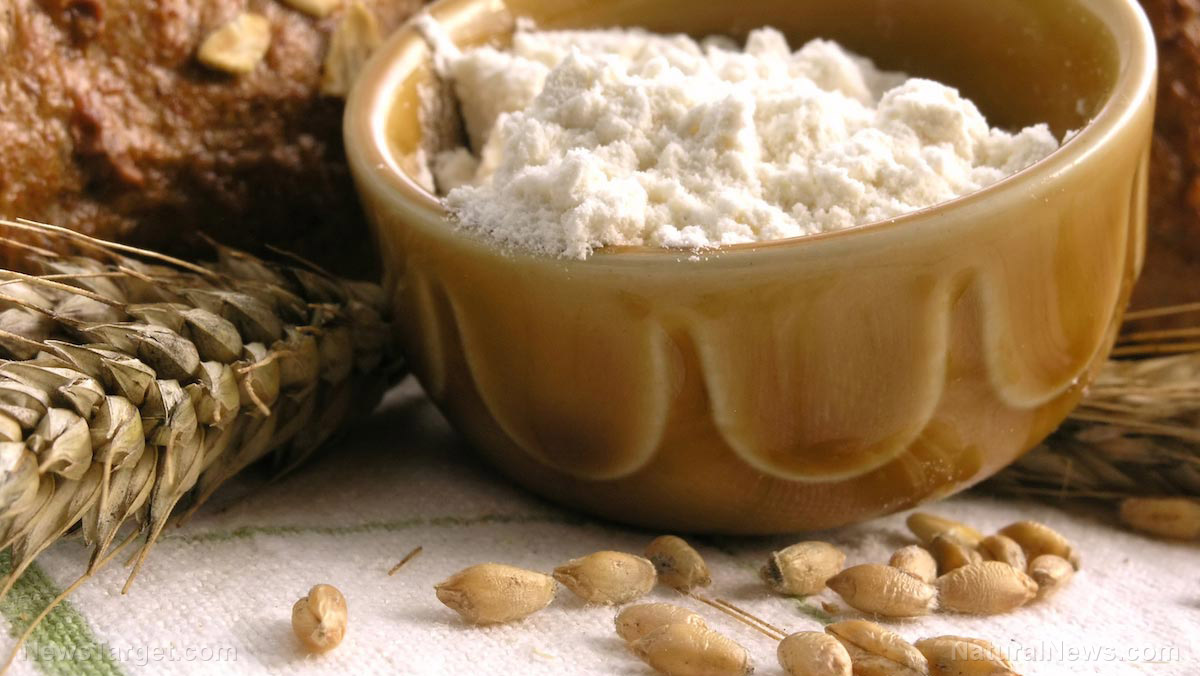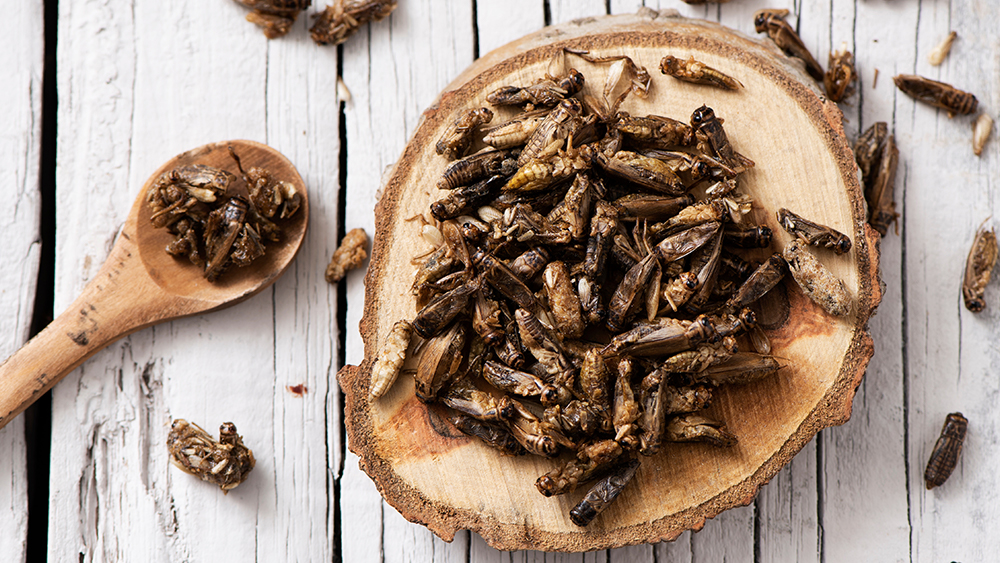
Traditional oxidizing agents for flour include azodicarbonamide, benzoyl peroxide, and calcium peroxide. They are growing out of favor due to increasing concerns about their possible adverse effects on the environment and human health.
Ozone has long been used in food processing and water purification. It is a naturally occurring gas that breaks down very quickly and leaves no residues. (Related: Appetite-suppressing bread with fiber, protein, dried fruit can reduce calorie intake between meals.)
Earlier studies have looked at the use of ozone in the hull removal and milling of wheat grain. These previous studies noted that ozone treatment achieved bleaching effects on different types of wheat.
Most research focused on using ozone to oxidize isolated starch. The Wuhan Polytechnic University (WHPU) researchers chose to apply ozone treatment to medium hard wheat flour to see its effects on Chinese steamed bread.
Medium hard wheat flour treated with ozone gas as alternative oxidant
For their experiment, the researchers obtained untreated wheat grains and milled them to make fresh flour. The wheat flour samples were divided into five groups with one serving as the control group.
The other four groups were placed in containers and exposed to ozone gas. The samples were treated for 30 minutes, one hour, 1.5 hours, and two hours.
The WHPU researchers looked for a number of tests to determine the quality of the treated wheat flour. They looked at the protein, fat, damaged starch content, the whiteness of the flour, and the falling number that determined the damage received by the granule.
Next, they used a scanning electron microscope to study the morphology of the treated flour. Afterward, they mixed the flour samples with distilled water and processed them into flour dough for analysis.
The four dough samples were used to make mantou, a traditional Chinese steamed bread. Each bread was cut into thin slices so that its texture could be analyzed.
Finally, a panel of 13 trained members judged the four types of bread at various points such as external appearance, elasticity, tastiness, and quality.
Ozone treatment shown to improve qualities of wheat flour, dough, and steamed bread
The researchers reported that ozone gas succeeded in oxidizing all four groups of medium hard wheat flour. Following treatment, the oxidized samples were whiter in color, showed much better falling number content, and showed higher levels of wet gluten and carboxyl.
The dough made from these oxidized wheat flour samples showed decreased levels of: breakdown, cold paste viscosity, hot paste viscosity, peak viscosity, and total setback. Their peak time and temperature as they turned into gelatin did not change much.
The lower levels of setback can be traced to the increased presence of carboxyl groups that improved the swelling of the starch granules when they are heated in water. This proved that ozone could serve as an alternative oxidizing agent that is healthier than traditional additives.
The researchers concluded that adding ozone to flour was shown to speed up the natural maturation process of the granules. Ozone treatment increases the flour's whiteness and improves its quality as dough.
After comparing the steamed bread, the bread expert panel concluded that the best result came from the wheat flour subjected to one hour of ozone treatment. The mantou from that sample showed the best scores on dimensions, textures, structures, and quality.
Sources include:
Agr.UNIZG.hr [PDF]
Please contact us for more information.























